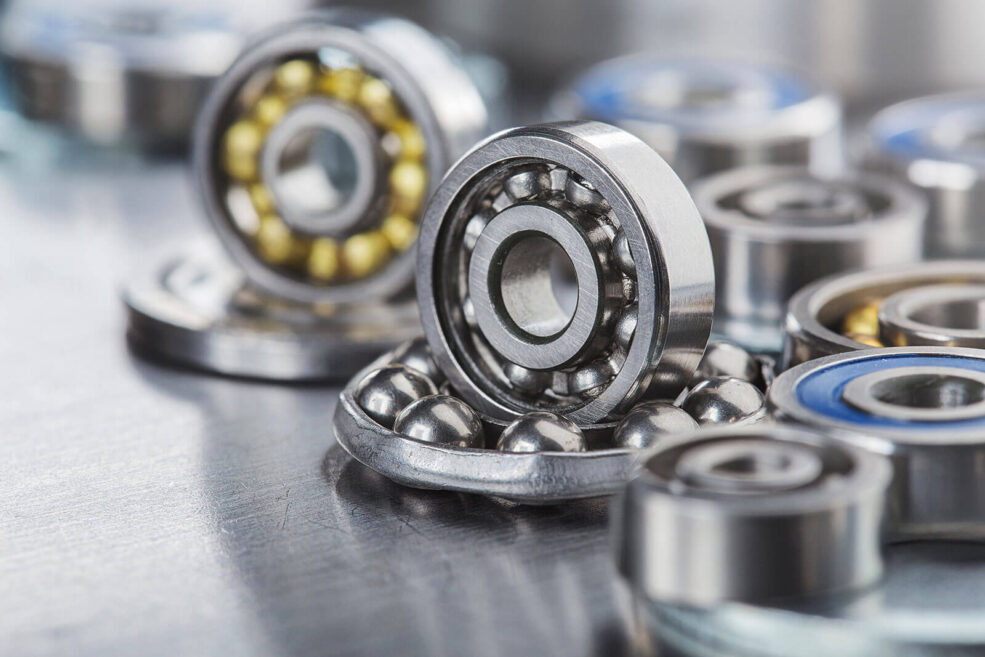Bearings and pneumatics are fundamental components in various engineering applications. They play a crucial role in ensuring the smooth operation and efficiency of machinery. This blog will provide an overview of these essential components and their importance in the engineering industry.
Bearings: The Backbone of Rotational Motion
Bearings are mechanical elements that reduce friction between moving parts and support rotational or linear movement. They are vital in numerous applications, from household appliances to industrial machinery. Here are some key points about bearings:
- Types of Bearings
- Ball Bearings: These are the most common type, used in applications requiring low friction and high speed.
- Roller Bearings: Designed to carry heavy loads, they are used in conveyor belt rollers and large machinery.
- Thrust Bearings: These bearings handle axial loads and are commonly found in automotive and aerospace applications.
- Needle Bearings: With a smaller cross-section, they are ideal for applications with limited space.
- Benefits of High-Quality Bearings
- Reduced Friction: High-quality bearings minimize friction, leading to smoother operation and less wear and tear on machinery.
- Increased Efficiency: By reducing friction, bearings enhance the efficiency of machines, leading to energy savings and improved performance.
- Extended Lifespan: Durable bearings can withstand harsh conditions and heavy loads, ensuring a longer service life for machinery.
- Applications of Bearings
- Bearings are used in a wide range of industries, including automotive, aerospace, manufacturing, and electronics. They are essential for the proper functioning of motors, gearboxes, pumps, and more.
Pneumatics: Powering Motion with Compressed Air
Pneumatics involves the use of compressed air to generate mechanical motion. This technology is widely used in various industrial applications due to its reliability and efficiency. Here are some key points about pneumatics:
- Components of Pneumatic Systems
- Compressors: These devices convert power into potential energy stored in compressed air.
- Valves: Control the flow and pressure of the compressed air within the system.
- Actuators: Convert the compressed air into mechanical motion, such as linear or rotary movement.
- Air Preparation Units: Ensure the air is clean and dry before entering the system, preventing damage to components.
- Advantages of Pneumatic Systems
- Simplicity and Reliability: Pneumatic systems are straightforward and have fewer moving parts, making them highly reliable and easy to maintain.
- Safety: Compressed air is non-flammable and poses fewer risks compared to hydraulic systems.
- Cost-Effective: Pneumatic components are generally less expensive and easier to replace than hydraulic or electric systems.
- Applications of Pneumatics
- Pneumatic systems are used in various industries, including manufacturing, automotive, and packaging. They power tools, control systems, and automation equipment, providing precise and efficient motion control.
Conclusion
Understanding the role of bearings and pneumatics in engineering is crucial for optimizing the performance and longevity of machinery. At Evo Engineering Supplies, we offer a comprehensive range of high-quality bearings and pneumatic components to meet your specific needs. Contact us today to learn more about our products and how they can benefit your business.
For more information, advice or to place an order contact us today by email or phone.

